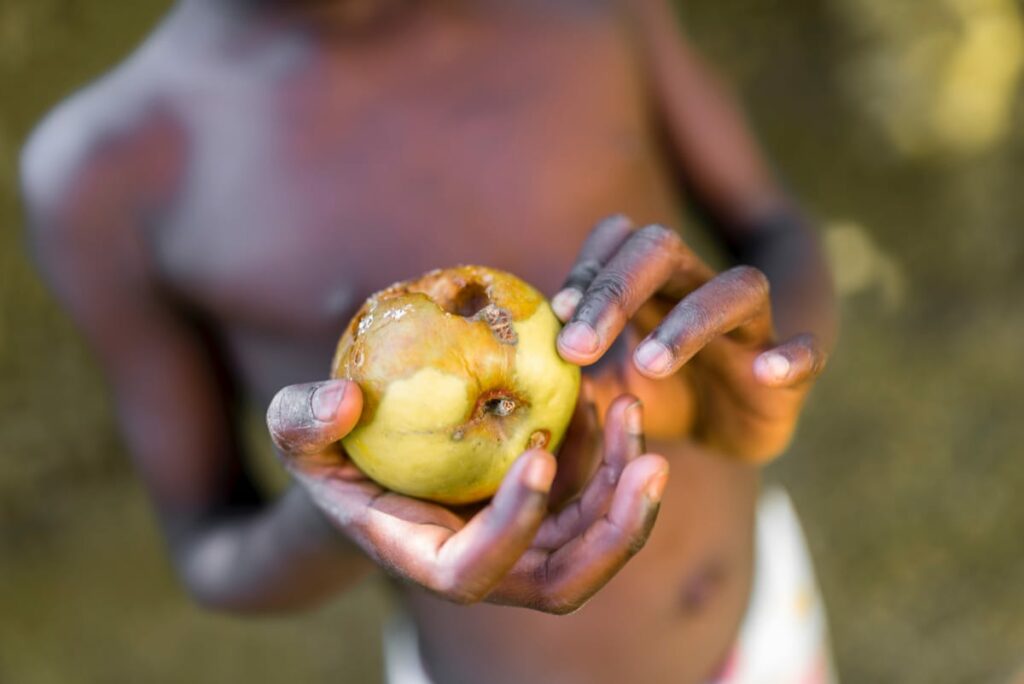Increasing temperatures and water scarcity have increased the frequency and severity of climate-related disasters. Warming oceans and water-related disasters have increased the risk of migration for low-income groups. In addition, people living in unstable regions do not have the resources and infrastructure needed to adapt to these hazards. The effects of climate change will affect people in various ways, but these adverse effects will be disproportionately felt by those most vulnerable.
Migrants can help reduce their vulnerability to climate-related hazards by establishing new livelihood opportunities and diversifying income streams. By relocating to a less susceptible area to climate-related risks, migrants can help build up the local economy, improve their living standards, and increase their community’s resilience to climate change. As they return home, they can also help communities cope with the effects of climate change by providing new skills and technologies to the area.
Lack of multilateral strategy to address this issue
The lack of a multilateral strategy to address the refugee food chain crisis and climate change exacerbates the humanitarian problem while worsening already strained living conditions. In some regions, natural resources are increasingly scarce, and crops and livestock struggle to grow in such situations. As a result, climate-induced displacement can potentially worsen existing tensions and lead to escalating conflict.
The lack of a global multilateral strategy to address climate change and food insecurity is interconnected, and food security is at the heart of the foundation of stability and peace. The interconnectedness of food security calls for multilateralism and multi-stakeholder cooperation in addressing both problems. Without this, our global food system will be further strained, with potentially disastrous consequences.
The UN Security Council has recognized the link between conflict and food insecurity, as countries affected by armed conflicts are six times more likely to experience famine. Conflict destroys civilian infrastructure needed to produce food, using hunger as a weapon of war. Furthermore, the COVID-19 pandemic exacerbated these challenges. The international community must take action to secure humanitarian access to areas in conflict and speak with one voice on food security.

Legal implications for refugees
The increasing frequency and intensity of extreme weather events have led to a new definition of refugee status: people forced to flee their homes by external aggression, foreign domination, or events disturbing public order. Such events are a significant cause of displacement and have important legal implications for refugees. The United Nations (UN) General Assembly and the Cartagena Declaration on Refugees have argued that climate-related disasters may give rise to new refugee categories.
Besides triggering displacement, climate change also exacerbates existing conditions and hinders displaced people’s right to return. Already displaced people often live in “hotspots” where climate-change-related disasters are likely to occur. These conditions are particularly challenging for food production and livelihoods, making their return more challenging. As a result, refugees are also subject to secondary displacement due to environmental conditions and heightened risk of conflict.

Impacts of rising temperatures on water
The impacts of climate change are already felt. Richer countries have released more greenhouse gases for years but have failed to limit the consequences. In a few years, many parts of the world may be uninhabitable and unprofitable. Due to environmental pressures, hundreds of millions of people could be forced to migrate. Among the key drivers of such a population movement will be water. Rising sea levels and water scarcity will dramatically alter the relationship between water and society. The onset of climate change will also cause more frequent and intense floods and droughts, melting glaciers, and changing snowmelt season.
Affected areas in the developing world are the most vulnerable to climate change, and rising temperatures and drought will affect low-lying coastal areas and farm areas. At the same time, humid and sub-humid regions, including Southeast Asia, are predicted to suffer the most from increased temperatures. In addition to increasing water scarcity, these changes will lead to accelerated depopulation in the affected areas, triggering further migration to urban areas.
Rising temperatures and climate change will also increase the frequency of flooding and droughts. While climate change does not cause specific weather events, it has the potential to intensify the effects of natural disasters. While many displaced people have a chance to return home, the situation is much more difficult for those living in vulnerable areas, which are already vulnerable. Climate change will overwhelm public services, forcing hundreds of millions of people to relocate.














